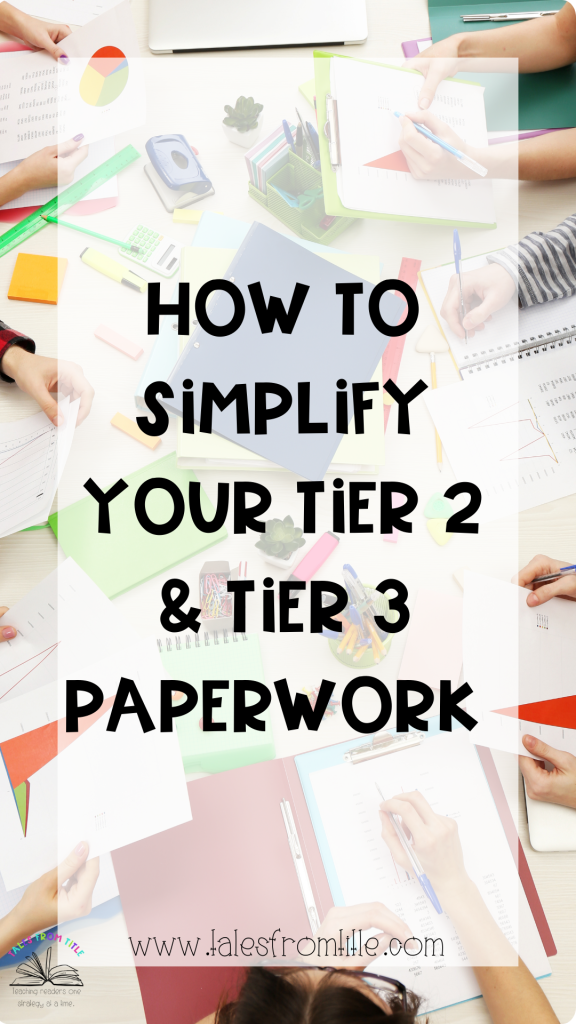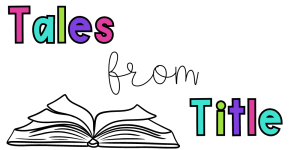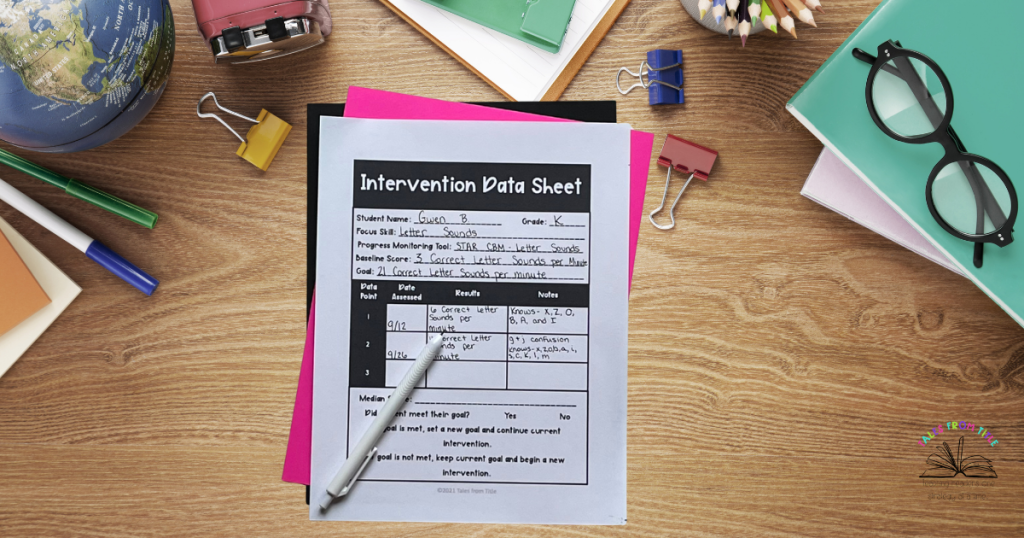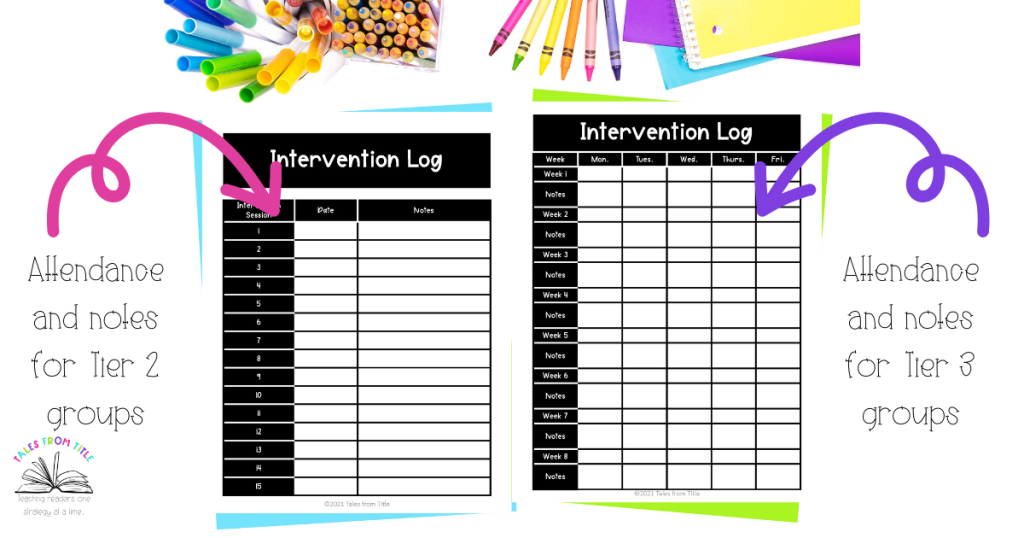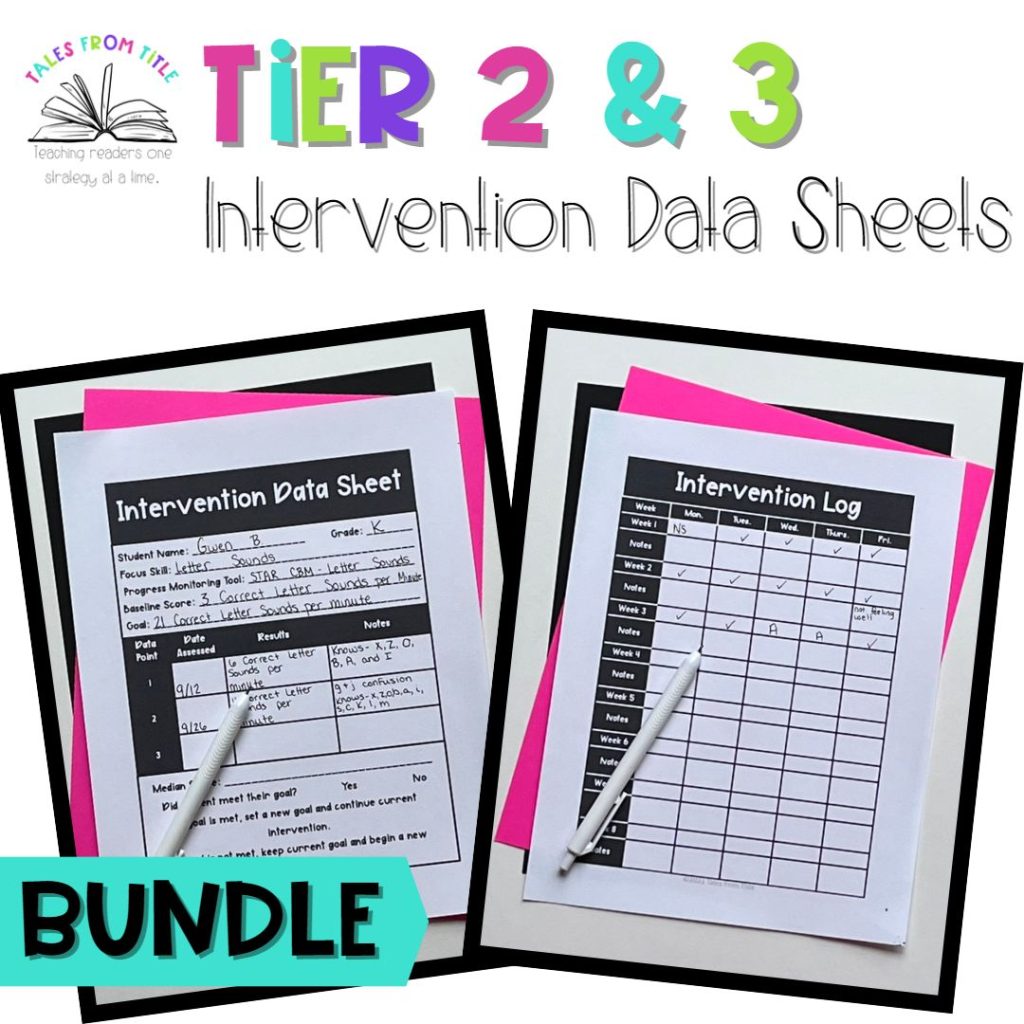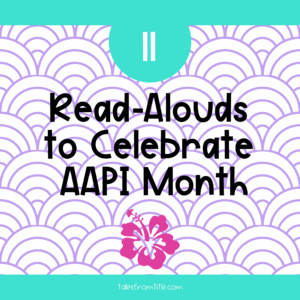In education, a teacher’s commitment to meeting the diverse needs of students is extremely important. As teachers strive to provide targeted support for students receiving Tier 2 and Tier 3 interventions, it is important to have an effective data tracking tool. However, we don’t want this to be just another form to keep track of. Ideally a data tracking sheet would be your go to place for all of the important information you need to keep on a student you are providing Tier 2 or Tier 3 support to. It would also help reduce the never ending papers and forms you have to keep track of.
This blog post is going to take a closer look at what you should include in a Tier 2 and Tier 3 intervention data tracking sheet so you can stay organized and quickly make data-driven decisions. So, let’s dive in!
Tier 2 vs. Tier 3
Before we look at the components of a data tracking sheet, I think it’s important to take a look at the differences between Tier 2 intervention and Tier 3 intervention.
Tier 2 is the first level of intervention for students who are not showing progress with Tier 1 grade-level standards. The interventions are delivered in a small group setting and the goal is helping students catch up with their peers so they can be successful in Tier 1 instruction without support. A round of Tier 2 interventions generally last for a few weeks or around 15 sessions and groups don’t have to meet everyday. Typically when students receive effective Tier 1 instruction, only about 15% of students will need Tier 2 interventions.
Tier 3 interventions are the most intensive and are formed when students are not making expected progress with Tier 2 instruction. Tier 3 groups happen more frequently – usually everyday, have a longer duration – around 6 weeks, and are more individualized and intensive. If Tier 1 and Tier 2 Multi-Tiered Systems of Supports (MTSS) are effective, fewer than than 5% of students should be receiving Tier 3 support.

The Components of the Tracking Sheet
Now that we have a general understanding of the difference between Tier 2 and Tier 3 intervention, let’s look at what a good data tracking sheet needs. These are components I think need to be included on an intervention data sheet to help you get the most out of it so you don’t feel like it is just another form to fill out and keep track of.
- Student Information:
- Student Name: Clearly identifying each student ensures personalized tracking and intervention.
- Student Grade: Understanding the student’s grade level provides context for the intervention strategy. It also allows you to look back on a student’s history of intervention support.
- Focus Skill Being Worked On: A space to specify the skill or concept the intervention is targeting. This ensures a clear understanding of the objective.
- Progress Monitoring Tool: The choice of progress monitoring tool is critical. It could be a standardized test, curriculum-based measurement, or teacher-created assessments. This tool should align with the focus skill.
- Baseline Score: Identifying a baseline provides a starting point for measuring progress. It enables you to track the effectiveness of interventions over time.
- Student Goal: Clearly define the goal the student is working towards. This helps in aligning interventions with specific, measurable objectives.
- 3 Data Points: Regularly record three data points to monitor progress. This provides a more comprehensive view of a student’s development, helps identify trends, and allows you to determine if a student is meeting their goal or making progress.
- Next steps: Based on the data collected, you can determine if a student has met their goal and is ready to “graduate” from intervention. If a goal is not met, you may need to adjust or make a change to the intervention to address evolving student needs.
- Attendance: Keep track of attendance to identify any correlation between attendance patterns and academic progress. Consistent attendance is crucial for the success of interventions.
- Notes for Behavior, Patterns, etc.: Document observations related to behavior, learning patterns, or any other pertinent information. This data provides valuable insights into the student’s overall learning experience.
How a Tracking Sheet Benefits Educators
- Organized and Centralized Data: Having all relevant information in one place streamlines the data tracking process, making it easier for educators and interventionists to access and analyze data efficiently.
- Informed Decision Making: A tracking sheet empowers educators to make data-driven decisions. By regularly reviewing the data, teachers can adjust interventions, set new goals, and tailor their approach to meet the unique needs of each student.
- Communication and Collaboration: A tracking sheet facilitates effective communication and collaboration among educators, interventionists, and other stakeholders. Shared insights ensure everyone is on the same page regarding student progress and intervention strategies.
- Long-term Planning: Over time, the tracking sheet provides a historical record of a student’s academic journey. This long-term perspective helps in identifying patterns, assessing the effectiveness of interventions, and refining strategies for future use.
If you are looking for a Tier 2 and/or Tier 3 data tracking sheet, but don’t want to make one yourself, you can get both in my TPT store. I always print a form for each student I meet with at the start of each new round of interventions. I have a folder for each group I meet with and keep the forms in that folder so I can quickly add information at the end of each intervention session. You can also upload the PDF to your iPad or tablet and mark up each student’s form with a stylus.
Conclusion
Implementing a Tier 2 and Tier 3 Intervention Data Tracking Sheet is a proactive approach to supporting students who require additional academic assistance. This tool not only keeps educators organized but also ensures that interventions are targeted, measurable, and responsive to the evolving needs of students. By embracing this comprehensive tracking system, educators can maximize their impact and contribute to the academic success of every student in their care.
